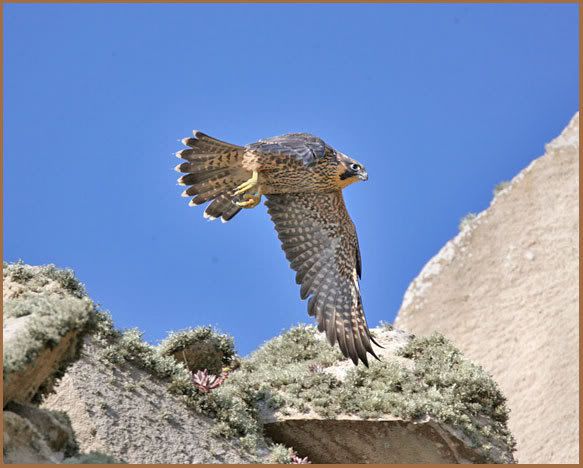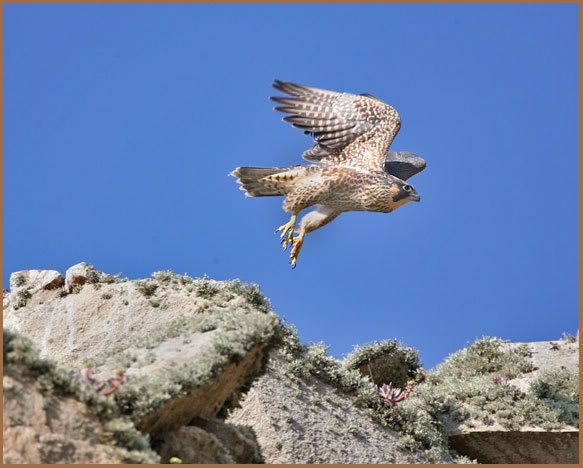For many days the juvies hop flap along the nestledge, exercising those wings and train their flightmuscles before that special moment of first flight.

Most of them have first flights however that end up on the street or on the ground of the area the nestbox is high above situated. Or in a tree. Flying is not as easy as it seems. It has to be learned. Most of them manage within a few days to fly without any problems.
All creatures on our bleu Homeworld are part of a collective consciousness. Not only humans, but animal and plantspirit as well! For sure that is. In the collective conscious of birds lies the ability to fly. The history and memory of thousands of years of flying must be part of the neural pathways in the bird brain. I always have been convinced of this.
Recently I came across an article about Dr. Jim Stone.
Dr Jim Stone of the University of Sheffield has discovered that the reason birds learn to fly so easily is because latent memories may have been left behind by their ancestors.

It is widely known that birds learn to fly through practice, gradually refining their innate ability into a finely tuned skill. However, according to Dr Jim Stone from the University of Sheffield´s Department of Psychology, these skills may be easy to refine because of a genetically specified latent memory for flying.
Dr Stone used simple models of brains called artificial neural networks and computer simulations to test his theory. He discovered that learning in previous generations indirectly induces the formation of a latent memory in the current generation and therefore decreases the amount of learning required. These effects are especially pronounced if there is a large biological 'fitness cost' to learning, where biological fitness is measured in terms of the number of offspring each individual has.
The beneficial effects of learning also depend on the unusual form of information storage in neural networks. Unlike computers, which store each item of information in a specific location in the computer's memory chip, neural networks store each item distributed over many neuronal connections. If information is stored in this way then evolution is accelerated, explaining how complex motor skills, such as nest building and hunting skills, are acquired by a combination of innate ability and learning over many generations.

Dr Stone said: "This new theory has its roots in ideas proposed by James Baldwin in 1896, who made the counter-intuitive argument that learning within each generation could guide evolution of innate behaviour over future generations. Baldwin was right, but in ways more subtle than he could have imagined because concepts such as artificial neural networks and distributed representations were not known in his time."










No comments:
Post a Comment